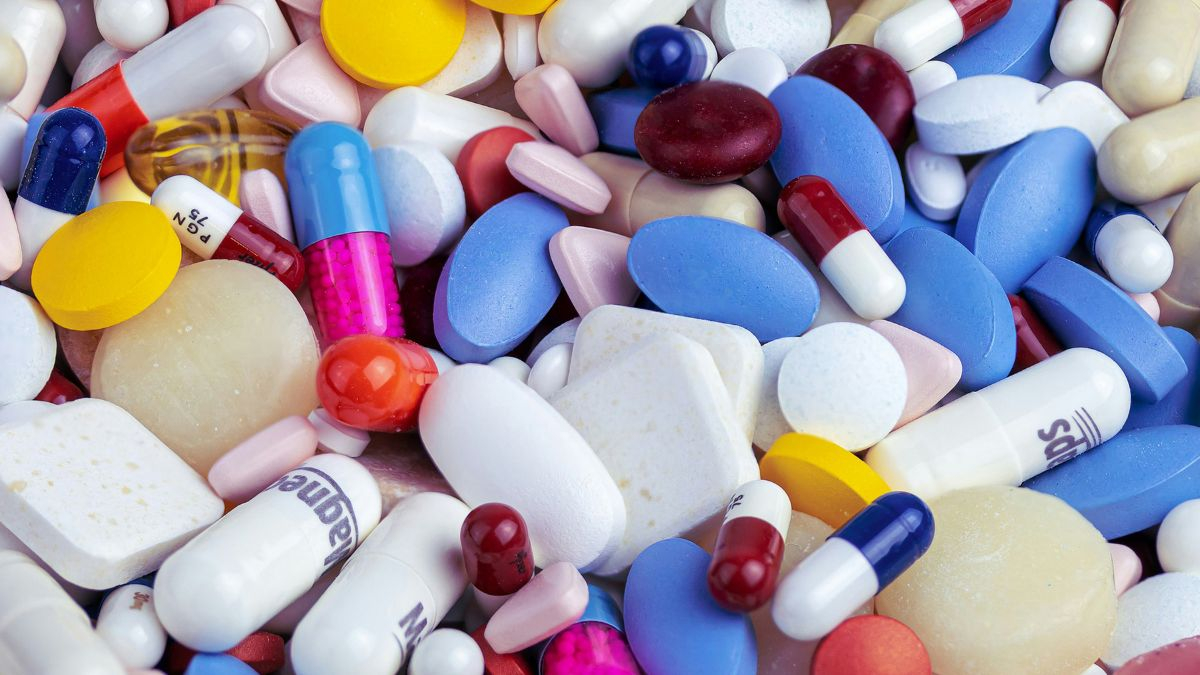Starting January 1, 2025, Medicare recipients will see a significant change in how much they pay for prescription drugs. The new $2,000 out-of-pocket cap, introduced under the Inflation Reduction Act, could save millions of Americans money on their medications. Let us break it down so you know what to expect.
What is the new $2,000 prescription drug cap?
The $2,000 out-of-pocket cap is a limit on how much Medicare recipients will spend on prescription drugs each year. Once you reach $2,000 in qualifying costs, Medicare Part D will cover the rest of your eligible drug expenses for the year.
This is a huge change from the current system, where there is no maximum limit on what you could pay for prescription drugs under Medicare Part D.
Who will benefit from this new rule?
The cap applies to everyone enrolled in a Medicare Part D plan or Medicare Advantage plan with drug coverage. This includes over 50 million older Americans and individuals with disabilities.
- Seniors taking multiple medications or high-cost prescriptions are likely to see the most significant savings.
- An analysis by AARP estimates that 3.2 million people will benefit from the cap in the first year alone.
Will the coverage gap or “donut hole” still exist?
No. The coverage gap, commonly known as the “donut hole,” will end on December 31, 2024.
Currently, Medicare recipients face higher out-of-pocket costs once they and their plans spend a certain amount on drugs. After reaching a catastrophic spending threshold, coverage kicks back in.
With the new $2,000 cap, this confusing and costly phase will be eliminated.
Read more: How can I get help with my Medicare Part A and Part B premiums?
What drugs are included in the $2,000 cap?
The cap applies to drugs that are part of your plan’s formulary (the list of medications covered by your Medicare Part D or Advantage plan).
Here is what you need to know:
- Covered costs: Deductibles, copayments, and coinsurance for drugs in your plan count toward the cap.
- Excluded costs: Drugs outside your plan’s formulary and premiums are not included.
- If a prescribed drug is not on your plan’s formulary, you can request an exception if it is medically necessary.
Do you need to enroll for the $2,000 cap?
No action is required on your part. The $2,000 cap will automatically apply to all eligible Medicare Part D plans. Your plan will keep track of your spending and notify you when you hit the limit.
How will this affect your finances?
For many, the new cap will relieve significant financial stress. Before this change, some people had to choose between paying for essential medications or meeting other basic needs.
Ryan Ramsey, the associate director of health coverage and benefits at the National Council on Aging, said the cap could help people “make better decisions on how to get their health care.”
This new rule marks a big step forward in making prescription drugs more affordable for millions of Americans. By understanding how it works, you can make the most of your Medicare benefits in 2025 and beyond.
